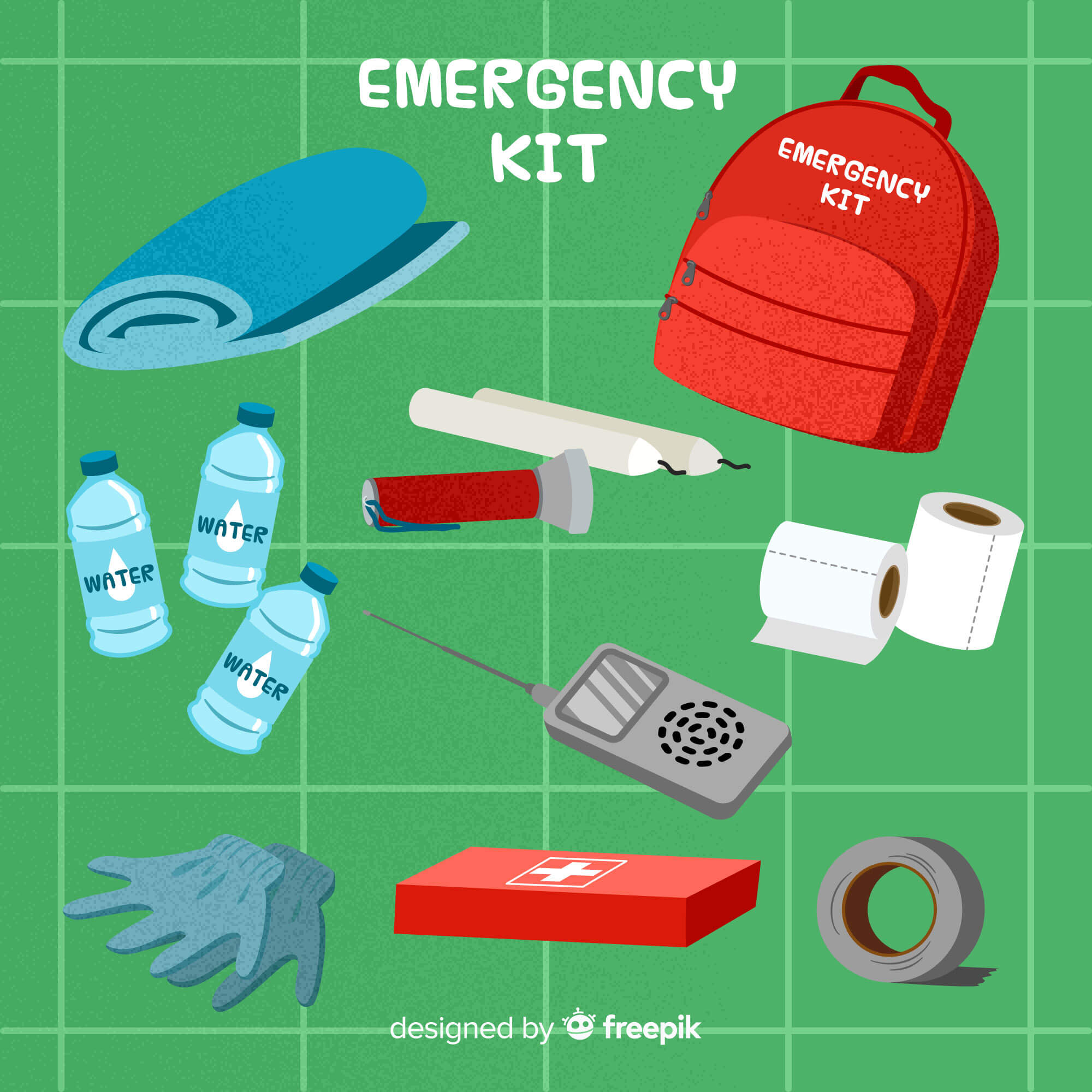Take the time to put together this potentially life-saving stash
An emergency kit can save your life, or that of a family member, friend, neighbor, co-worker…you get the idea. They’re easy to make and can be stored in the places you frequent – one for home and one in your vehicle can cover most people. The prime reason most don’t seem to have emergency kits is simply not being aware of the need.
Ready.gov recommends the following for a basic emergency kit:
- Water, one gallon of water per person per day for at least three days, for drinking and sanitation
- Food, at least a three-day supply of non-perishable food
- Battery-powered or hand crank radio and a NOAA Weather Radio with tone alert and extra batteries for both
- Flashlight and extra batteries
- First aid kit
- Whistle to signal for help
- Dust mask to help filter contaminated air and plastic sheeting and duct tape to shelter-in-place
- Moist towelettes, garbage bags and plastic ties for personal sanitation
- Wrench or pliers to turn off utilities
- Manual can opener for food
- Local maps
- Cell phone with chargers, inverter or solar charger
Employers can help their workforce and give themselves a leg up in terms of reducing lost productivity by having these types of supplies handy as well.
Keeping emergency kits just makes sense. They’re inexpensive, last for many years without you paying any attention at all, and they could make all the difference in a disaster.
——————————-
For more resources, see the Free Management Library topic: Crisis Management
——————————-
[Jonathan Bernstein is president of Bernstein Crisis Management, Inc., an international crisis management consultancy, author of Manager’s Guide to Crisis Management and Keeping the Wolves at Bay – Media Training. Erik Bernstein is vice president for the firm, and also editor of its newsletter, Crisis Manager]
 Sections of this topic
Sections of this topic















